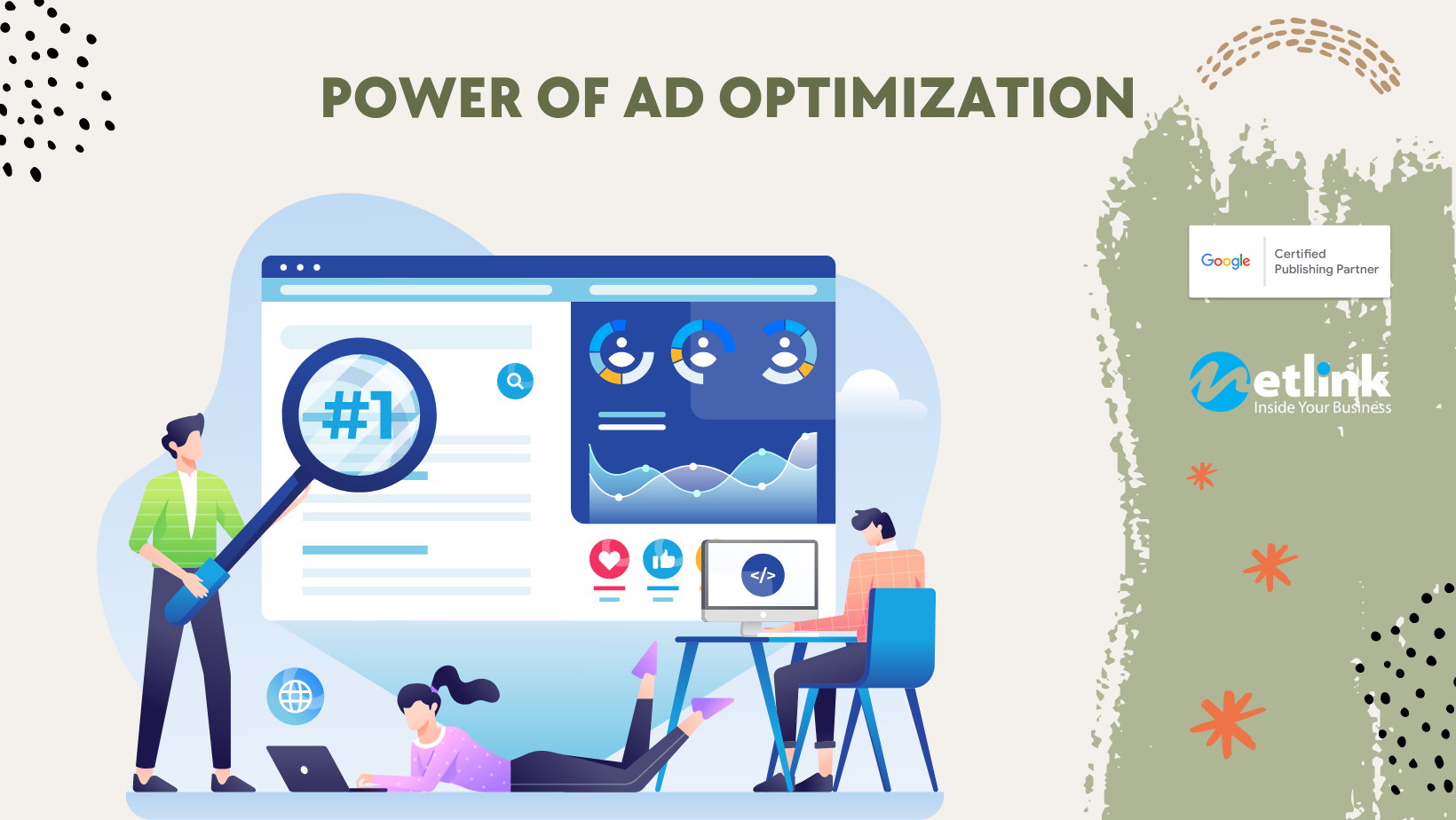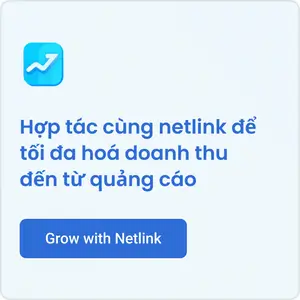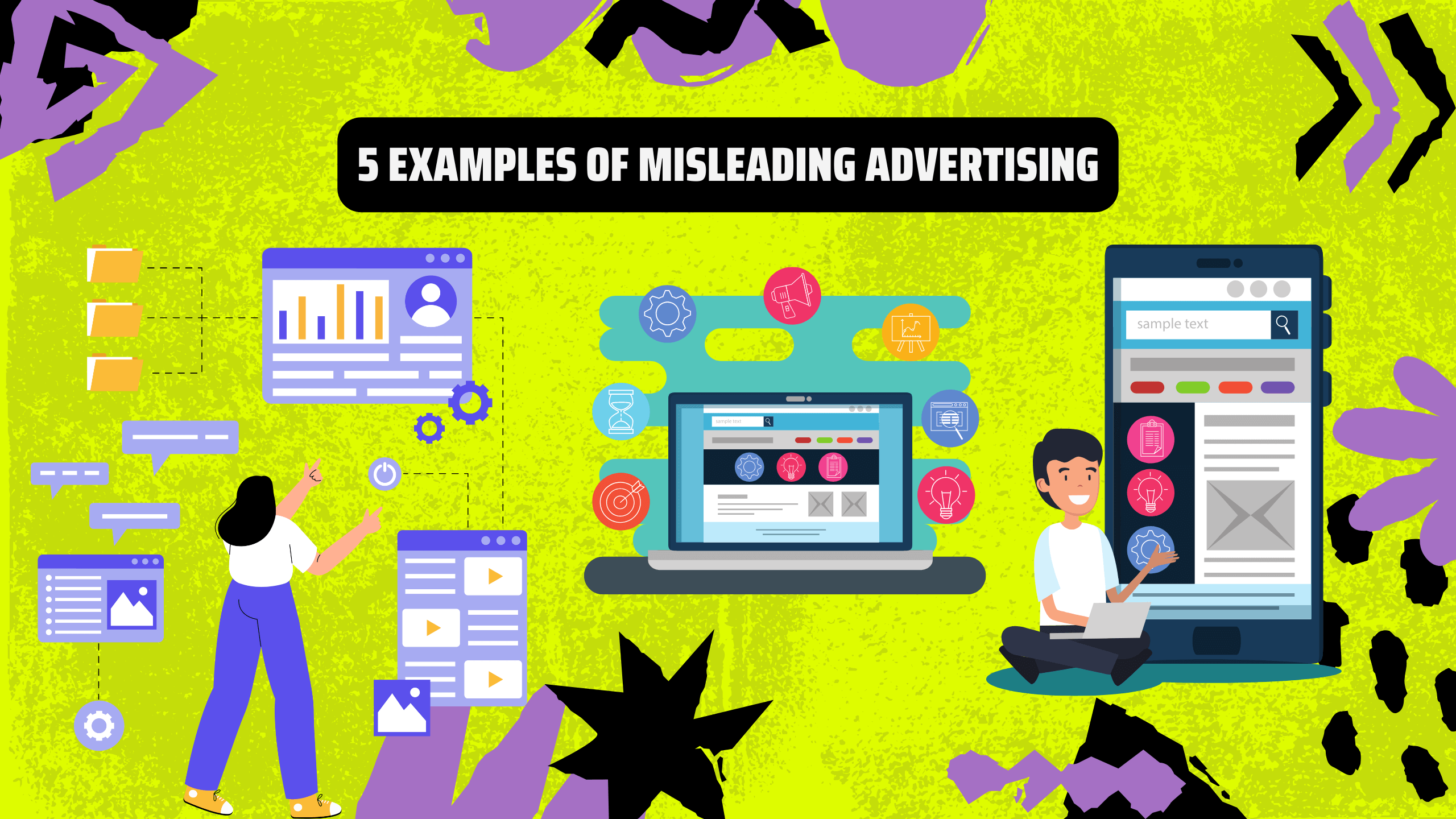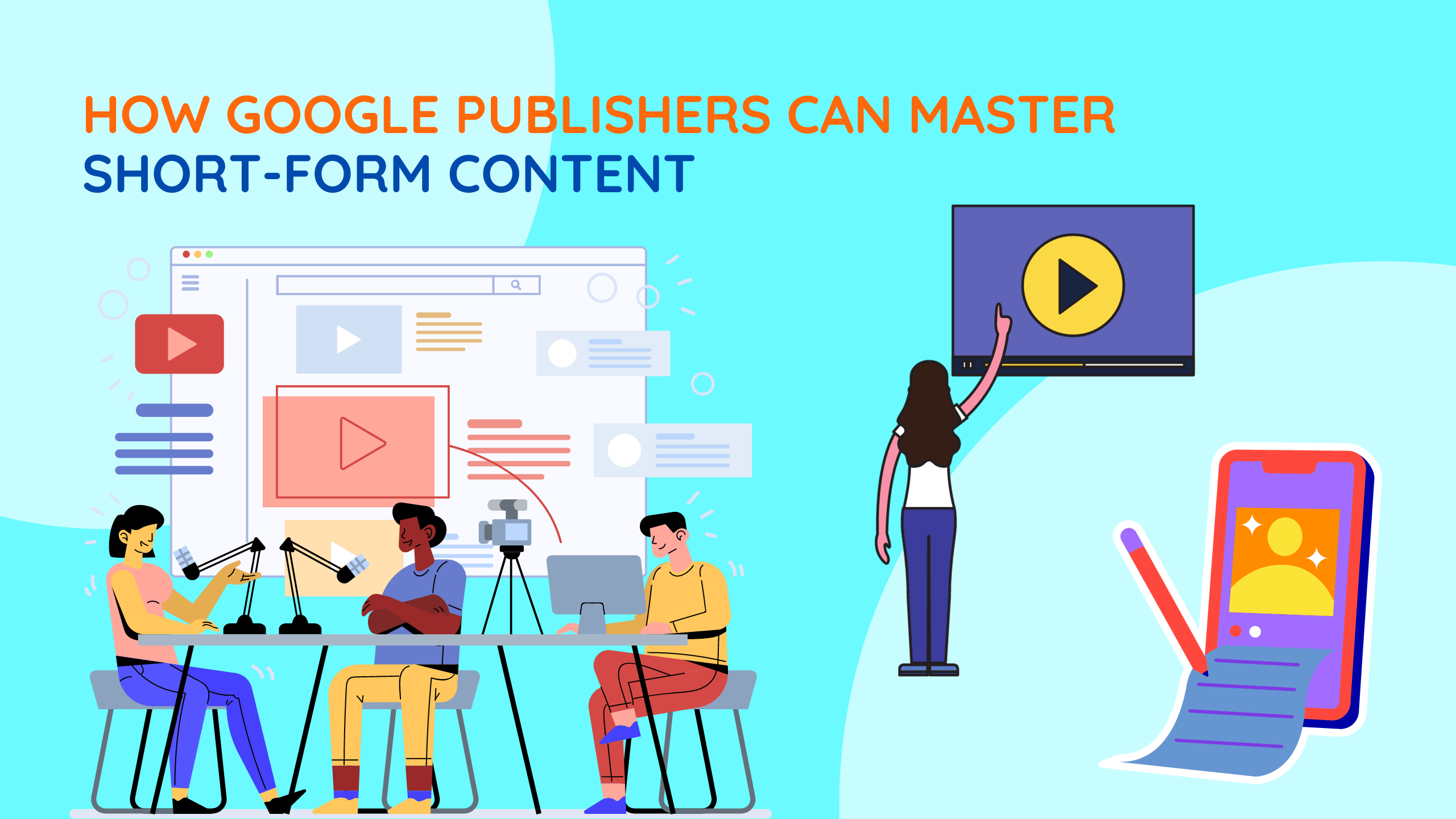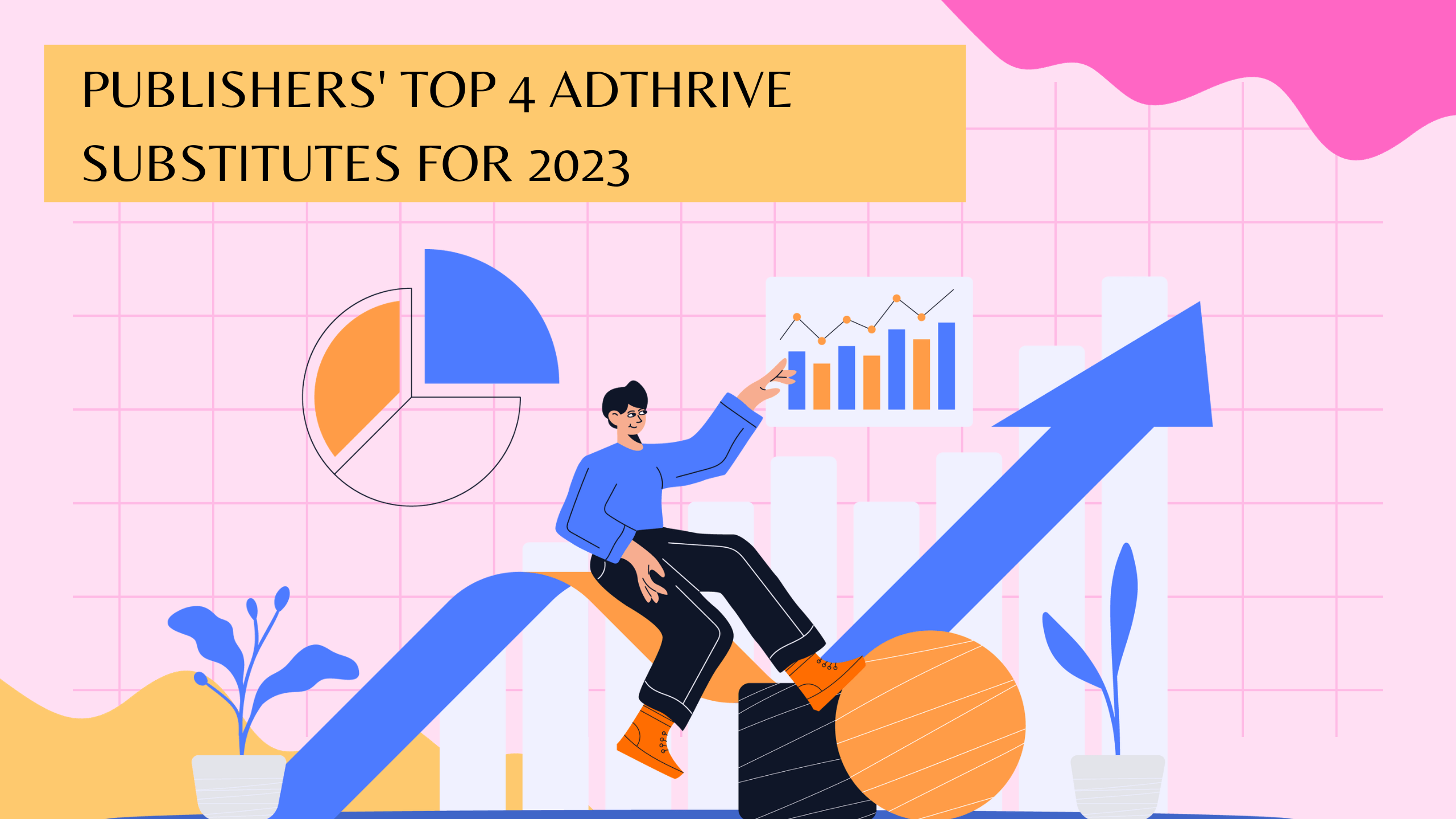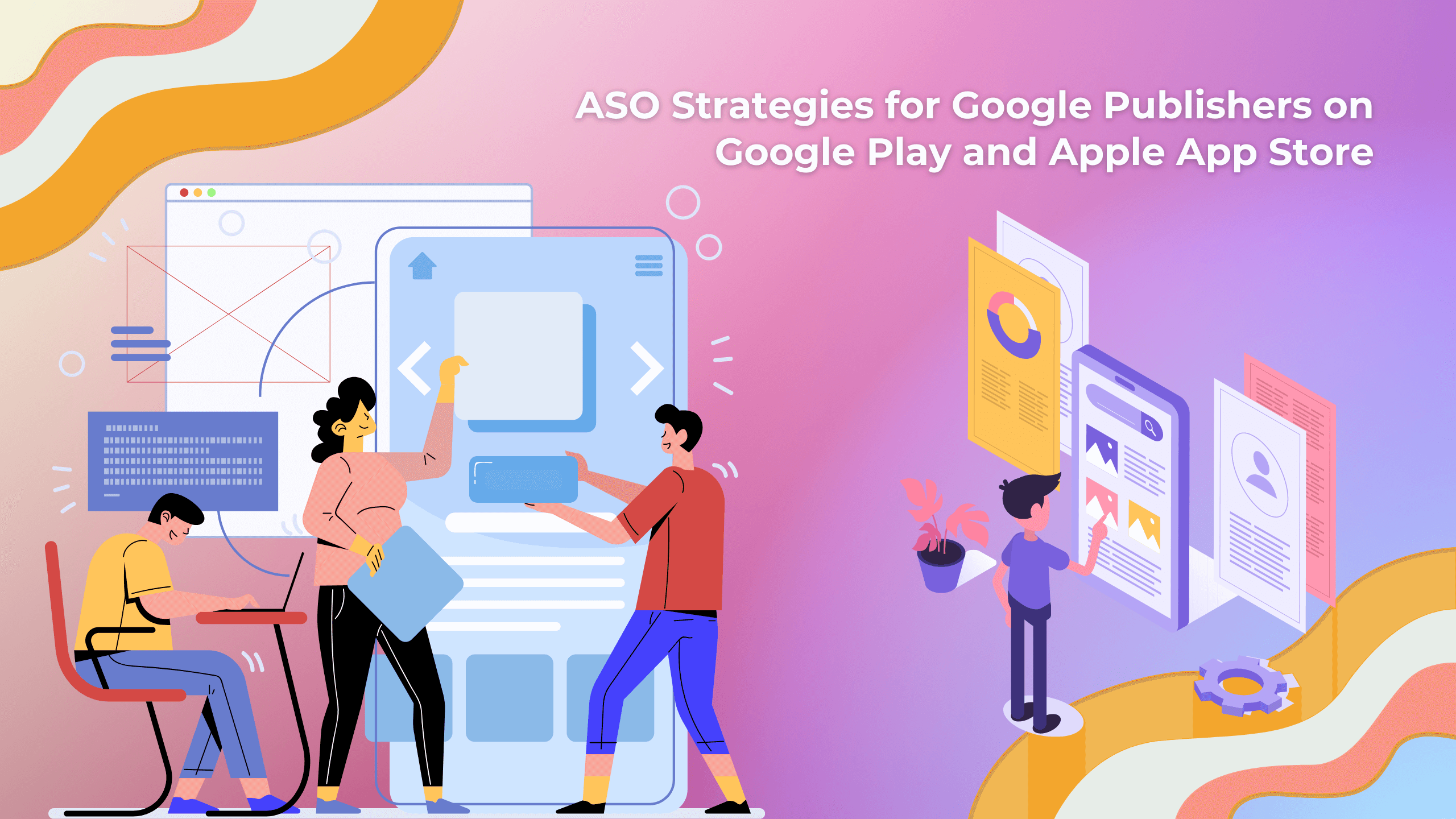In today’s competitive digital ecosystem, merely launching ads is not enough. Advertisers need to ensure that every impression counts, delivering maximum value for their investment. Ad optimization is the art and science of fine-tuning your advertisements to achieve higher engagement, click-through rates (CTR), and conversions. This holistic approach involves understanding your target audience, refining your ad creatives, and leveraging data-driven insights to create a compelling and effective ad campaign.
I. Understanding Ad Optimization:
Ad optimization encompasses a range of strategies aimed at improving various elements of your advertising campaigns. It involves refining the design, targeting, messaging, and placement of your ads to resonate better with your audience and achieve your campaign objectives.
II. Crafting Compelling Ad Creatives:
Creating visually appealing and relevant ad creatives is the cornerstone of successful ad optimization. Your ad should capture attention, convey your message clearly, and compel users to take action. Utilize persuasive visuals, concise copy, and a clear call-to-action (CTA) to guide users seamlessly from impression to conversion.

III. Precise Targeting for Maximum Impact:
Effective ad optimization begins with understanding your audience inside out. Utilize data analytics and segmentation to identify the demographics, behaviours, and interests of your ideal customers. Tailor your ads to resonate with these segments, ensuring that your messaging is highly relevant and appealing to the right people.
IV. The Power of A/B Testing:
A/B testing, also known as split testing, is a fundamental technique in ad optimization. It involves creating multiple variations of an ad and testing them against each other to determine which performs better. By analyzing the results, you can identify the elements that resonate most with your audience and refine your ads accordingly.
V. Ad Placement Strategies:
Choosing the right platforms and placements for your ads significantly impacts their effectiveness. Consider the user experience of the platform and the context in which your ad will appear. Whether it’s social media, search engines, or websites, strategic ad placement enhances visibility and engagement.
VI. Data-Driven Decision-Making:
Data is the lifeblood of ad optimization. Leverage analytics tools to gain insights into user behaviour, engagement patterns, and conversion rates. Use this data to refine your ad strategy, allocate budgets effectively, and make informed decisions for ongoing campaign optimization.
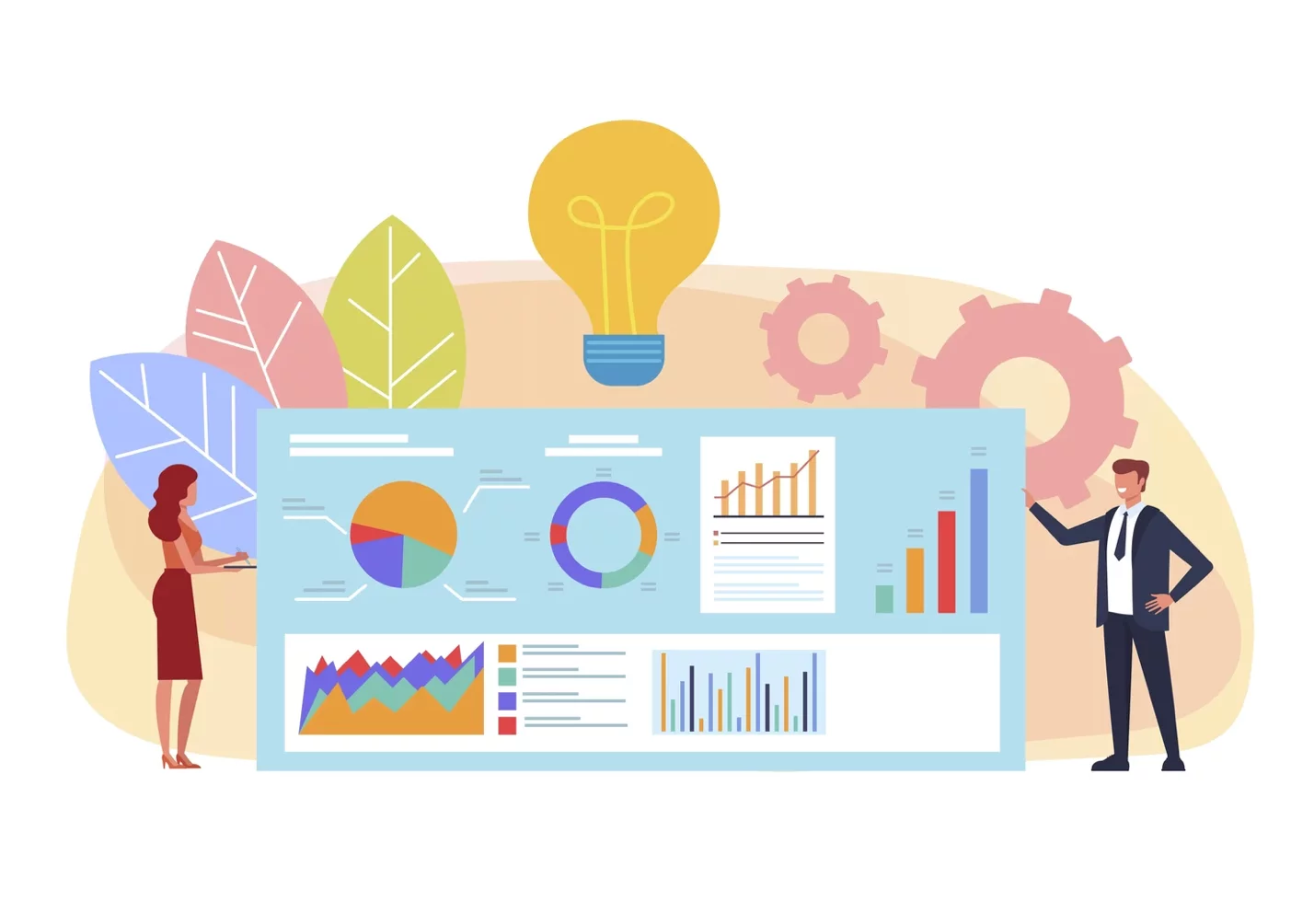
VII. Retargeting and Remarketing:
Ad optimization extends beyond the initial impression. Retargeting and remarketing allow you to reach users who have previously interacted with your ads or website. These strategies capitalize on existing interest, increasing the likelihood of conversions and maximizing your ROI.
VIII. Real-World Success Stories:
Let’s dive into a few real-world scenarios to see the tangible impact of ad optimization:
E-commerce Boost: An online fashion retailer implemented ad optimization techniques to tailor their ads based on user browsing behaviour. By showcasing products similar to what users had shown interest in, they witnessed a 30% increase in CTR and a 20% boost in sales.
App Install Success: A mobile app developer utilized A/B testing to optimize their app install ads. By testing different ad headlines and visuals, they achieved a 40% increase in app installs and reduced their cost per install by 25%.
IX. Best Practices for Ad Optimization:
Achieve optimal results with these best practices:
– Continuous Monitoring: Regularly track and analyze ad performance to identify trends and opportunities for improvement.
– Segmentation and Personalization: Tailor your ads to different audience segments, addressing their unique needs and preferences.
– Mobile Optimization: Ensure that your ads are mobile-responsive and provide a seamless experience across devices.
– Landing Page Optimization: The landing page should align with your ad’s message, providing a clear path for users to take action.
– Seasonal Adjustments: Modify your ads to align with seasonal trends, holidays, and special events for maximum relevance.

X. Challenges and Considerations:
While ad optimization offers immense benefits, it’s not without challenges. Advertisers must navigate factors such as ad fatigue, creative burnout, and ad-blocker usage. By staying vigilant, regularly refreshing creatives, and experimenting with new approaches, these challenges can be mitigated.
XI. The Future of Ad Optimization:
As technology advances, ad optimization is poised to become even more sophisticated. Machine learning algorithms, AI-driven insights, and predictive analytics will empower advertisers to make data-driven decisions in real time, leading to more effective and efficient campaigns.
Conclusion:
Ad optimization is not a one-time endeavour; it’s a dynamic process that requires ongoing analysis, iteration, and adaptation. By crafting compelling creatives, refining targeting strategies, harnessing data insights, and embracing emerging technologies, advertisers can unlock the full potential of their advertising campaigns. Elevate your ad game with ad optimization and drive unparalleled success in the digital advertising realm.

